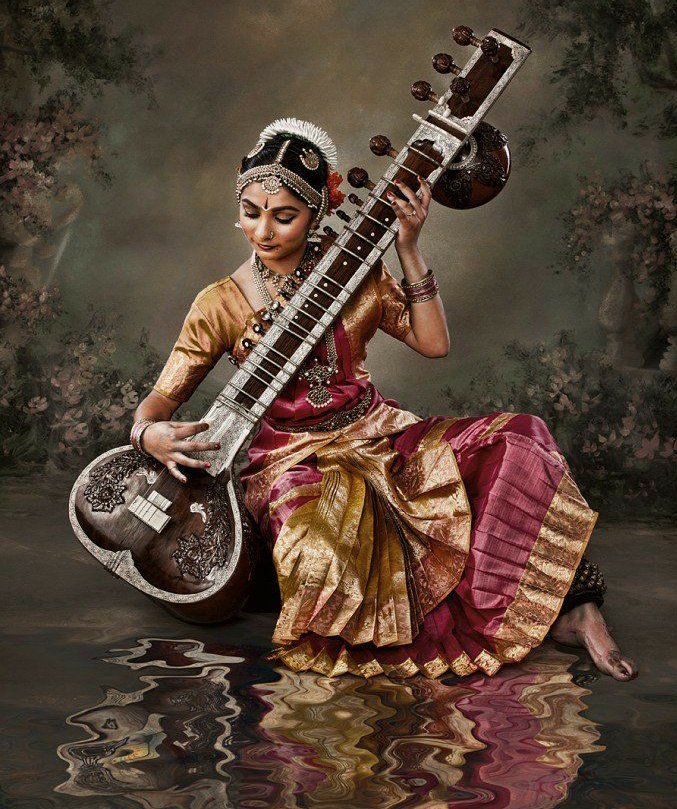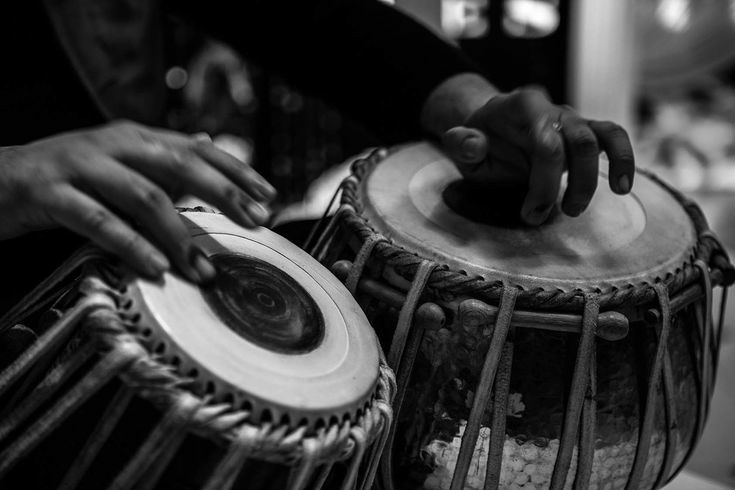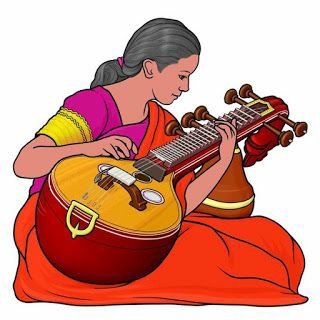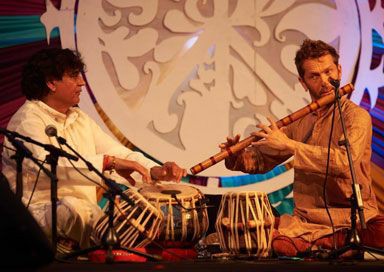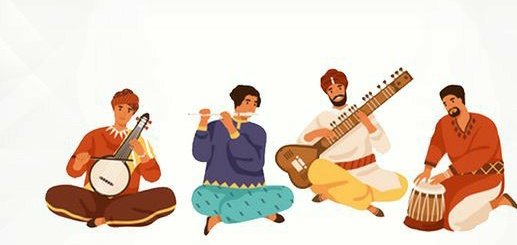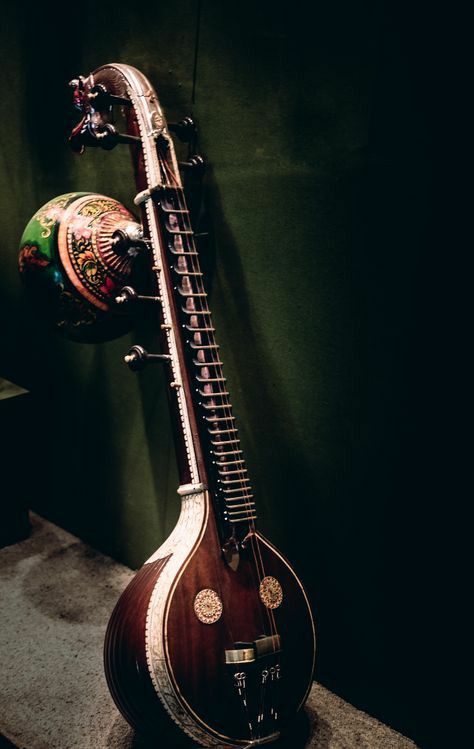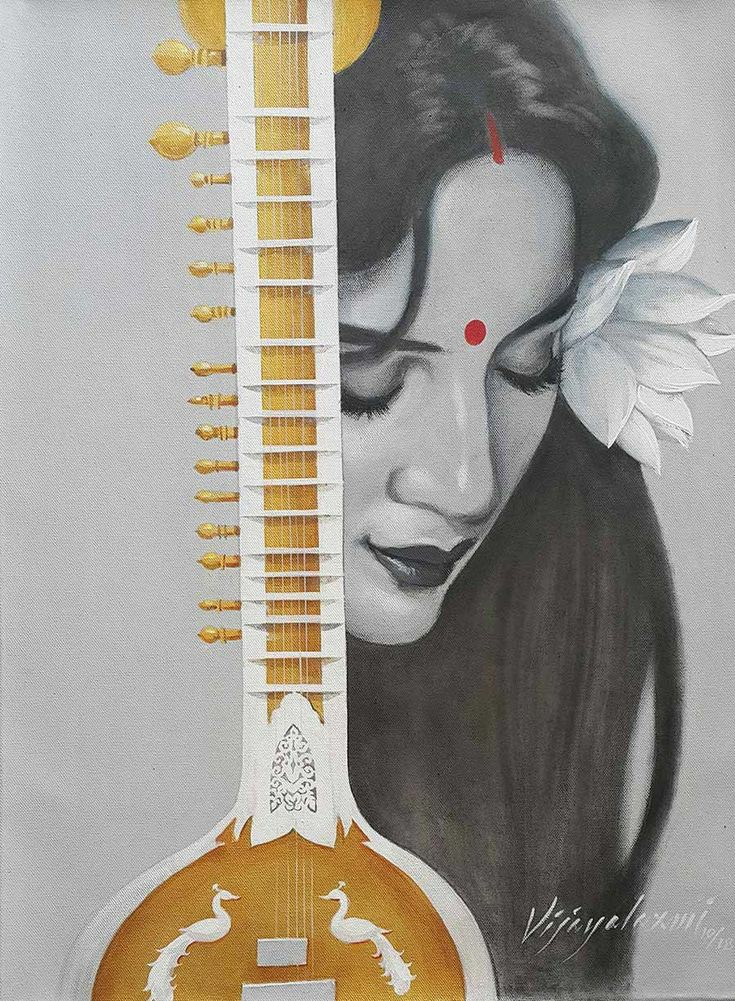#Thread
The music in India has found a clear description in old Sanskrit texts where it has been described as: Geetam, Vaadyam, Nrityam, Trayam, Sangeet, Muchyate i.e. the music is composed of three basic parts- the vocal, the instrument and the dance.
The music in India has found a clear description in old Sanskrit texts where it has been described as: Geetam, Vaadyam, Nrityam, Trayam, Sangeet, Muchyate i.e. the music is composed of three basic parts- the vocal, the instrument and the dance.
It is true that all these three forms of art are interrelated though all have also grown and developed somewhat independently. It is an interesting fact that Indian music, since very beginning developed along two parallel streams.
One of the stream used music abundantly in the religious ceremonies while the other equally rich tradition is that of recourse to music during popular festivals or on occasions for public entertainment. The former is known as marg music and the latter is called desi.
The two streams did not remain independent of each other. The truth is that the font head of both has been popular music and therefore there is no difference in their parentage. Since religious ceremonies gradually became the monopoly of a specialized group,
the marg stream in some ways distanced itself from the multitudes of people and later came to be designated as classical. Unlike this the other stream viz. desi remained in the domain of people and gained great popularity in a variety of forms in all regions of India.
To further clarify the difference we would like to equate marg music with quiet soulful flow of the water of a river like Ganga or Godavari. In today& #39;s context the musical styles such as Dhrupad and Khayal will be known as marg music.
Unlike this the desi genre is like the free flowing, sonorous streams in the hills. The only controlling features in this kind of music are the regulations of popular taste. One of the significant markings on desi music is the variety of sounds that it incorporates.
Modern singing of Ghazals and Thumaris may be classified as falling under desi music. Some of the known classical forms of Indian music owe their genesis to specific regional styles. Thus, for instance, the Khayal style,
during the era of Dhrupad music was rated as a form semi-classical or even non-classical in character. Gradually, and with the inclusion of newer elements, as also under great popular pressure, Khayal got elevated to the status of a full-fledged classical musical form.
Similar, if not identical, histories can be traced for categories like Ghazal, and Thumri and Dadra. Some of the more popular regional forms such as Chaiti, Kajri or Rosiya, today find a place in the classical style. We would, infact,
like to suggest that no formation/s in the realm of fine arts may be considered eternal. There has to be a continuous interaction between classical and popular forms for the former to survive and move onwards.
The inclusion of ragas like Khamaj, Khambhavati, Kaln, Piloo, Maand, Malavi or Sarang in the category of classical music is sufficient supporting evidence in favour of this contention. Apart from this distinction, based essentially on the content, in Indian music,
there also exists another stylistic classification. Today two main divisions are noticeable based on such variations. These are known as North Indian and Carnatic styles. The main distinguishing feature of the two styles is the preponderance of local colours in each.
The argument is sustained on d strength of an ancient text - Brihaddeshi - authored by Matang Muni wherein specific mention of the regional varieties being classified undr North & South is available. The North Indian& Carnatic styles owe their origin to essentially d same source.
The difference that becomes apparent in these styles is caused by regional or local colour. A quick glance on the development of music over a long period of history reveals that atleast from the seventh century A.D. several regional variations begin to seep in.
The mainstream music, if at all there would have been any, was now influenced in a large measure by these new local or regional developments. Between seventh and thirteenth century A.D. the Indian music also came in contact with musical styles of other countries.
This was an important period, especially from the point of view of the enrichment of Indian musical tradition. One particular influence, and the one that probably resulted in the further growth of North Indian and Carnatic as distinct styles,
needs to be mentioned -this was the contact of Irani music and related treatises with Indian musical tradition. Naresh Haripal of Saurashtra (Gujarat)clearly mentions these two styles of distinct streams of Indian music in his 4th century (A.D.) treatise called Sangeet Sudhakar.
Source: Book of Shashtriya Sageet

 Read on Twitter
Read on Twitter